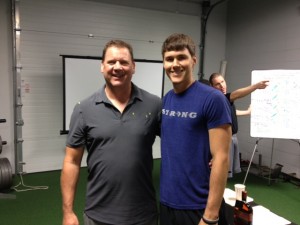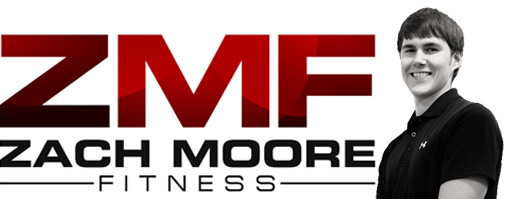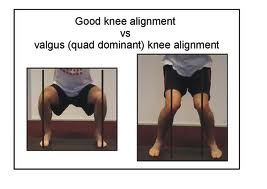Since the squat is my all-time favorite exercise, I have decided to talk about that pattern first in this series of articles on resistance training. As I said in my previous post, squats are a great exercise because they use a ton of muscle mass (especially the glutes and hamstrings, which many women strive to tone up) and build total body strength and stability. They will also jack up your heart rate, which is beneficial for most any goal you may have.
Basically, if you want to build a shapely lower body then squats are just what the trainer ordered (I know pretty cheesy, right?).
So let’s look at some common variations of the squat and my tips on how to perform each and which ones to focus on.
Loaded Bilateral Squats
Goblet Squat
This is a very popular exercise these days thanks to Dan John. It is a great way to begin adding load to the squat and perfecting the movement.

In a goblet squat, the weight (either a kettlebell or a dumbbell) is held at the chest which forces you to keep your torso fairly erect and allows you to sit back more easily.
This is usually the first squat variation I have clients perform when we add external load, and it is the first I would recommend to you as well.
It is easy to learn and can often make the pattern feel better than with just bodyweight.
Front Squat
This can be performed with 2 kettlebells/dumbbells or a barbell. Either variation is great, and this may be my personal favorite of the ones listed here.
It is similar to the goblet squat in that the weight is in front of you so it forces you to stay fairly upright and allows you to sit back. Also, with the weight racked on your shoulders it almost forces your core to be rigid, which is a good thing.
The front squat is also great because you can add load much easier than with a goblet squat. So if you have reached the max weight you can hold onto with a goblet squat, then it is time to move onto the front squat.
Generally, I have clients spend no more than 2-3 weeks with the goblet squat before progressing them to a front squat. Remember, the goal is too add more resistance when your movement looks and feels good.
Back Squat
This is one of the harder variations and is not necessarily required. What I mean by this is that it is a great exercise, but you do not have to ever perform it to build a shapely, strong, and healthy body. If you want some added variation and like the movement then go for it, but it is not mandatory in the progression.
So there you have the three main bilateral squat variations. Start with the goblet squat and eventually progress to the front squat once you can handle more weight. After you feel comfortable with the front squat feel free to try the back squat for some added variation.
Lastly, here is a nice form checklist that applies to all of the squat variations above:
-Feet shoulder width apart with toes pointed out slightly
-Push knees out to the sides
-Keep stomach tight
Single Leg Squat Exercises
In addition to the exercises above, we also have single leg exercises that I would throw under this category. I think bilateral squats (squatting on both feet) offer more benefit to a beginner, depending on the goal, but as you progress it is nice to add more variety.
For example, you could perform a bilateral squat one day and a unilateral version the next. This changes the emphasis a little and helps limit boredom.
Here are some for you to try out. They are (for the most part) in order from least difficult to most difficult.
Single leg movements are great if you have one leg much weaker than the other or if you lack balance and stability in single leg stance.
Conclusion
Again, do not feel overwhelmed by all of these exercises. This is meant to be a resource that you can keep coming back to. Just pick 1 bilateral squat (a goblet if you are a beginner) and 1 unilateral squat to work on. After 3-4 weeks maybe switch them up if you feel that you can no longer progress on them.
I will be back soon with the Upper Body Pull Pattern.
Have a good week!


We’re a bunch of volunteers and starting a new scheme in our community. Your web site provided us with helpful information to work on. You’ve performed an impressive activity and
our whole neighborhood shall be grateful to you.